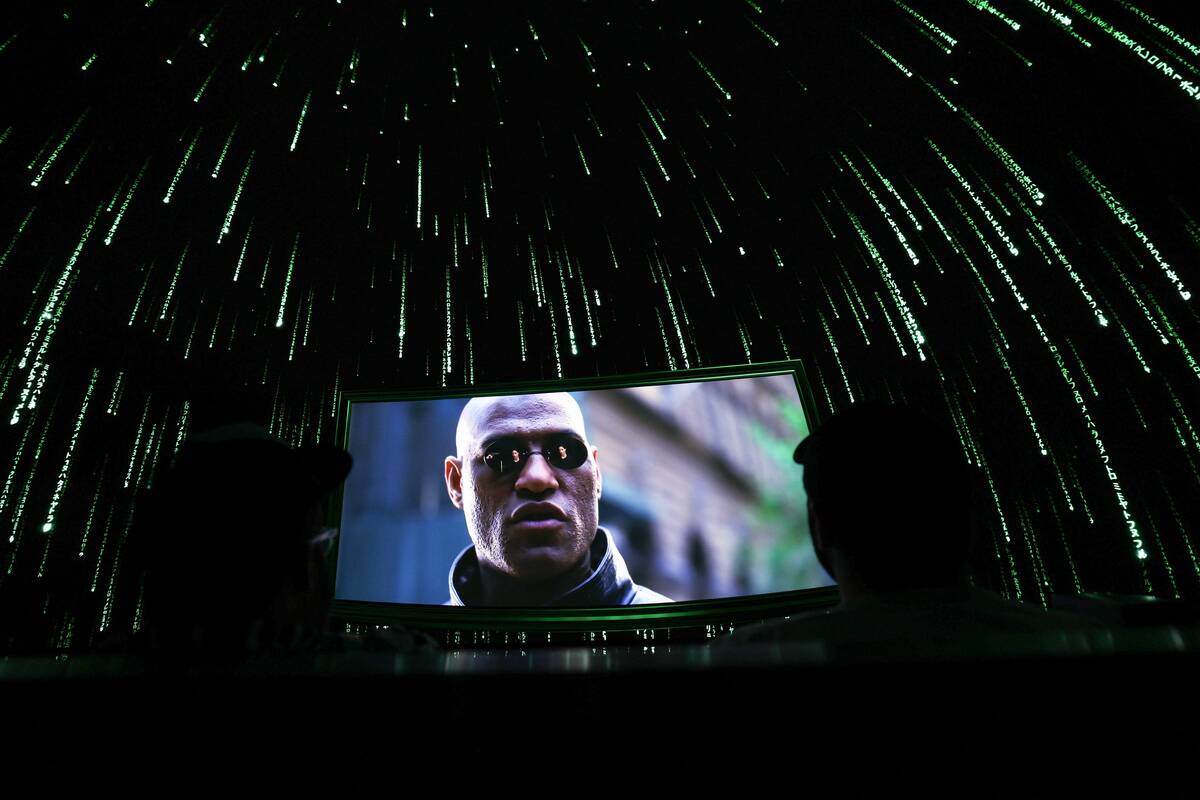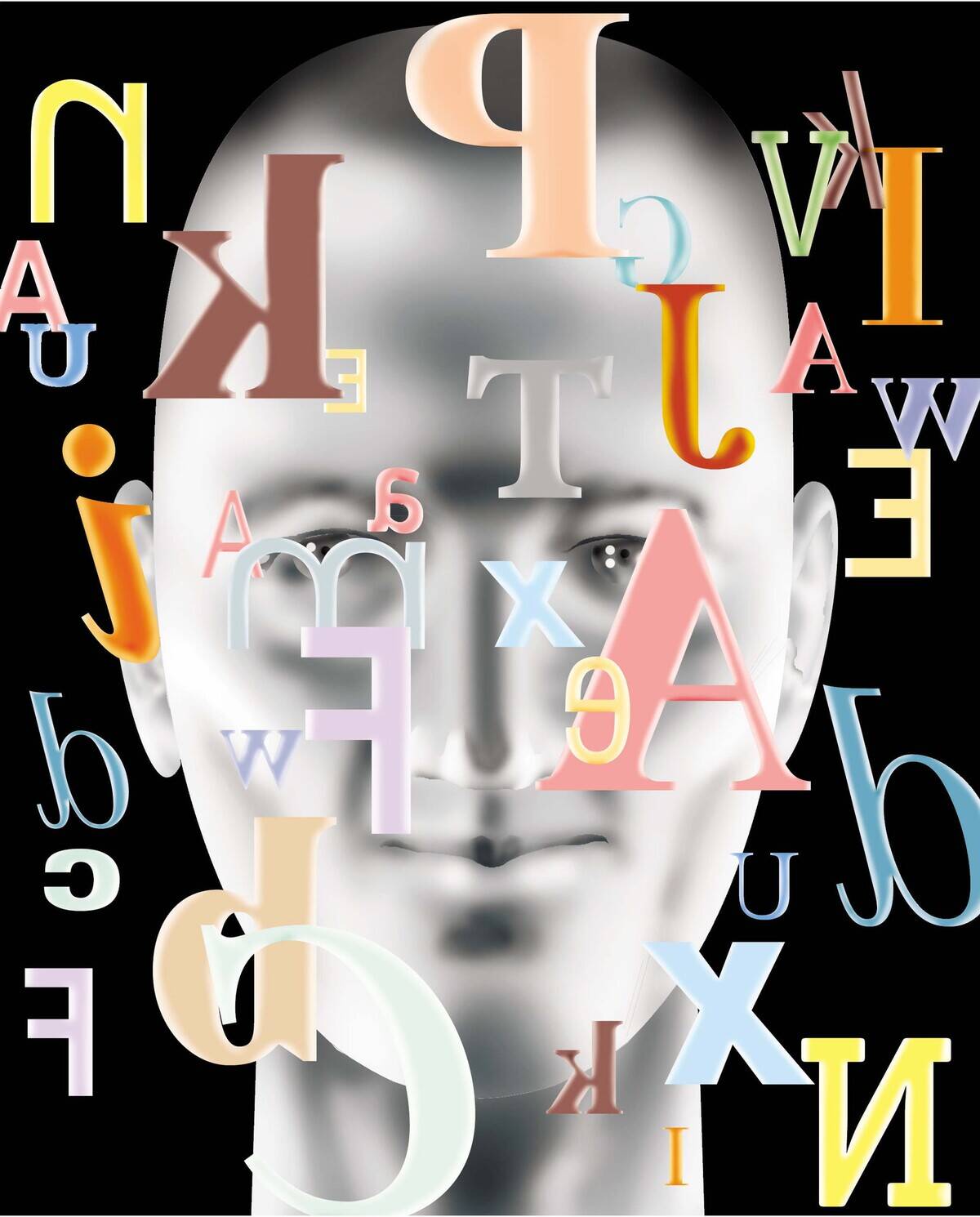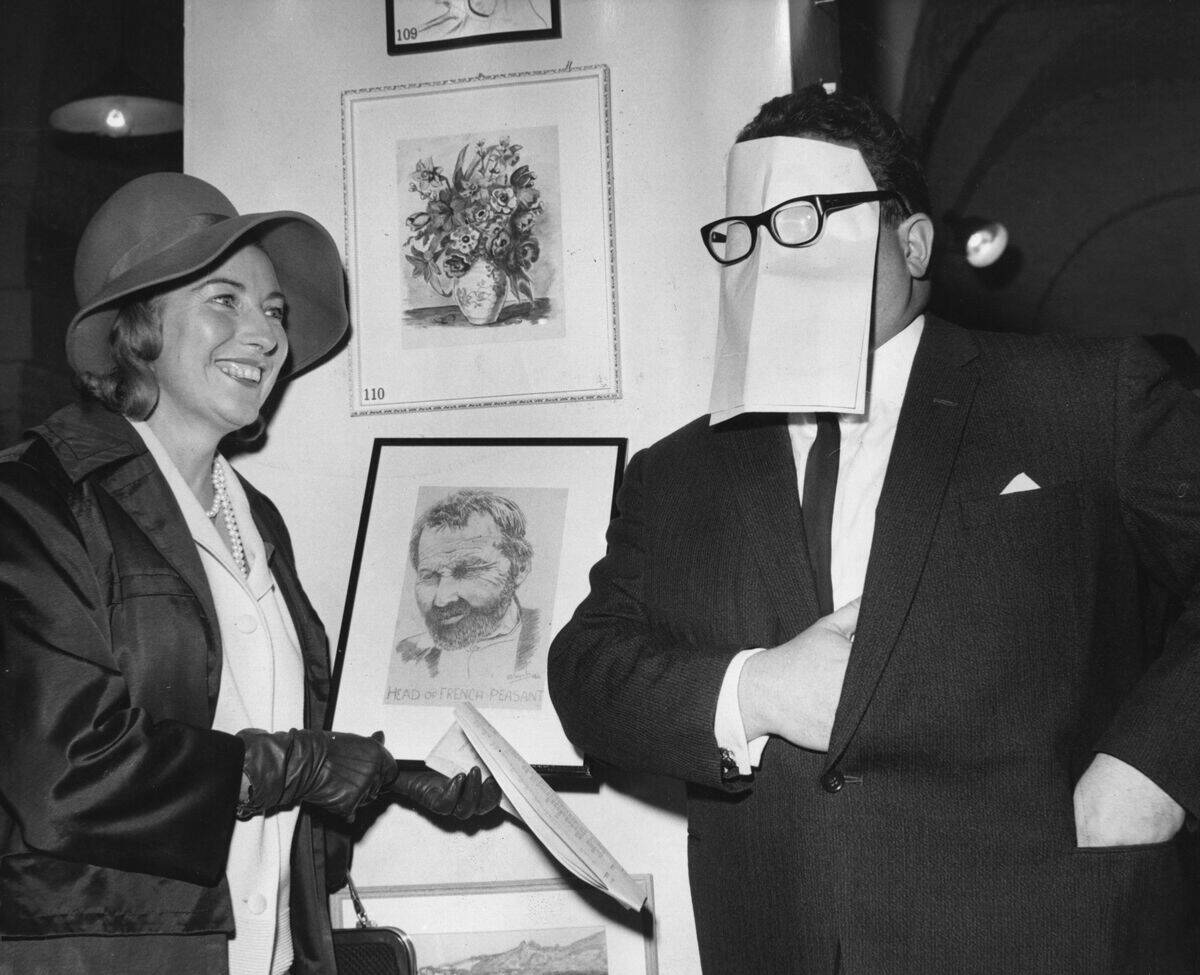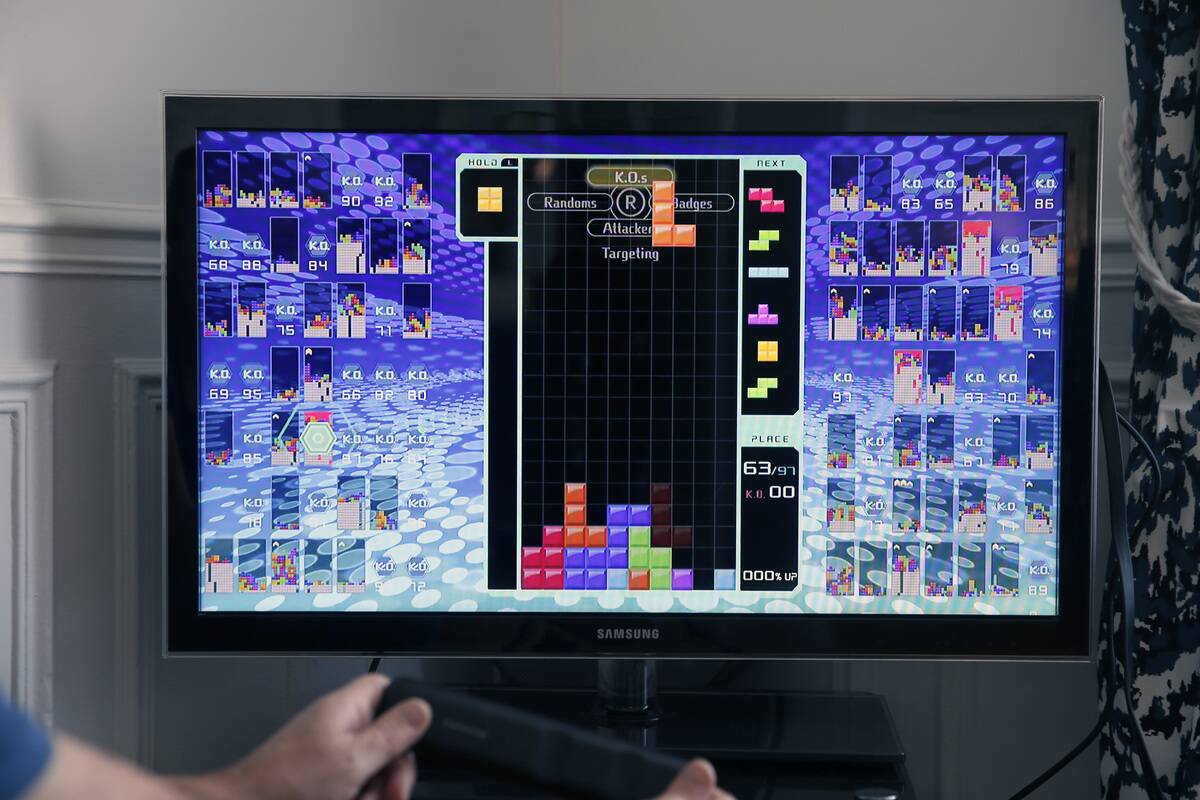Strange psychological phenomena that have been proven
Welcome to the intriguing realm of psychological phenomena, where the mind plays tricks in the most fascinating ways. These phenomena reveal how our brains process information, often leading to surprising outcomes.
From feeling like everyone’s watching you to recalling events that never happened, the mind’s quirks are as mysterious as they are captivating. Let’s dive into some of the most unbelievable psychological phenomena that make you question reality itself.
The Baader-Meinhof Phenomenon: Seeing the Same Thing Everywhere

Have you ever learned a new word and then started seeing it everywhere? That’s the Baader-Meinhof Phenomenon, also known as the frequency illusion.
It’s not that the word suddenly became more common; rather, your brain is now primed to notice it. This fascinating cognitive bias occurs because our minds are wired to reinforce patterns, making us hyper-aware of things we’ve recently encountered.
Déjà Vu: The Eerie Feeling of Having Been Here Before

Déjà vu is that spine-tingling sensation of experiencing something you’ve already lived through. It’s a phenomenon that puzzles neuroscientists and psychologists alike.
While often attributed to a glitch in memory processing, some theories suggest it results from the brain’s synapses firing in a way that creates a false sense of familiarity. Particularly, it’s said to be a result of the hippocampus reacting to a person’s environment. Regardless of its cause, déjà vu remains one of the most intriguing quirks of human perception.
The Mandela Effect: When Many Remember It Wrong

The Mandela Effect is named after a widespread false memory of Nelson Mandela’s death in the 1980s, despite him living until 2013. It highlights how collective memory can sometimes go awry.
This phenomenon often occurs in pop culture, where people recall events or details differently than they actually happened. It’s a testament to the fallibility of memory, showing how shared experiences can lead to shared misconceptions.
Pareidolia: Seeing Faces in Inanimate Objects

Ever seen a face in the clouds or on a piece of toast? That’s pareidolia at work, where the brain interprets random patterns as familiar shapes, especially faces.
This tendency likely evolved as a survival mechanism, enabling humans to quickly recognize faces in their environment. It’s a reminder of the brain’s incredible ability to find meaning in chaos, turning ordinary objects into something more.
The Nocebo Effect: When Negativity Makes You Sick

The nocebo effect is the darker cousin of the placebo effect, where negative expectations lead to worse outcomes. If a person anticipates adverse effects from a treatment, they may experience symptoms simply due to their beliefs.
This phenomenon emphasizes the importance of mindset, as the fear of side effects can manifest physically, demonstrating the mind’s ability to influence health in unexpected ways. It’s also a potentially important lens through which reported but mysterious conditions like Havana Syndrome or electromagnetic hypersensitivity can be understood.
Synesthesia: Blending the Senses

In the world of synesthesia, senses intertwine in extraordinary ways, such as seeing colors when hearing music or tasting flavors when reading words. This rare condition likely occurs due to cross-talk between different regions in the brain, creating unique sensory experiences. However, the mechanism for how this cross-talk happens is not yet understood.
Synesthetes often describe their experiences as enriching, offering a glimpse into how the brain can create a multi-sensory world. It’s a fascinating reminder of the diversity of human perception.
The Bystander Effect: When Help is Less Likely in a Crowd

The bystander effect suggests that people are less likely to offer help in emergencies when others are present. This counterintuitive phenomenon occurs because individuals assume someone else will take action, diffusing responsibility.
It highlights the importance of personal initiative and awareness in group settings, encouraging people to overcome their hesitation and step forward, even when surrounded by others.
Cognitive Dissonance: Comforting Lies vs. Unpleasant Truths

Cognitive dissonance arises when we hold conflicting beliefs, leading to discomfort and mental tension. To alleviate this, people may adjust their beliefs or justify their actions.
This phenomenon underscores how the mind strives for internal consistency, even at the cost of embracing comforting lies over harsh truths. It’s a fascinating glimpse into the mental gymnastics we perform to maintain harmony in our belief systems.
The Spotlight Effect: Everyone’s Noticing You (But They’re Not)

The spotlight effect is the tendency to overestimate how much others notice our actions and appearance. It stems from our egocentric bias, where our own experiences are at the forefront of our minds.
In reality, people are often too focused on their own concerns to scrutinize others. This realization can be liberating, encouraging us to be less self-conscious and more authentic in social situations.
The Dunning-Kruger Effect: The Overconfidence of the Incompetent

The Dunning-Kruger effect describes how individuals with limited knowledge or competence in a domain often overestimate their abilities. This cognitive bias arises from a lack of self-awareness, where the less knowledgeable fail to recognize their own ignorance.
Conversely, experts may underestimate their competence, assuming what’s easy for them is easy for others. It’s a fascinating insight into how self-perception can skew reality.
The Tetris Effect: Seeing Blocks Long After the Game is Over

The Tetris effect occurs when people devote so much time to an activity that it begins to pattern their thoughts and perceptions. Named after the iconic game, players may envision falling blocks long after they’ve stopped playing. This tends to be most present when the repetitive activity in question is still fairly new to them, as this thinking often levels off with prolonged experience.
This phenomenon highlights how repetitive activities can influence the brain, affecting how we process the world. It’s a curious testament to the mind’s adaptability and focus.
The Backfire Effect: When Facts Don’t Change Minds

The backfire effect describes how presenting factual evidence can sometimes strengthen a person’s erroneous beliefs. This paradoxical reaction occurs because contradictory information challenges deeply held views, prompting a defensive stance.
It highlights the complexities of human reasoning and the emotional investment in beliefs, suggesting that changing minds requires more than just presenting facts—it demands empathy and understanding. That said, since it’s hard to reproduce studies describing this effect, most researchers either believe that the backfire effect only occurs during specific circumstances or doesn’t exist at all.
The Zeigarnik Effect: Unfinished Tasks Stick in Your Mind

The Zeigarnik effect is the tendency to remember incomplete tasks more readily than completed ones. Named after psychologist Bluma Zeigarnik, it suggests that our minds hold onto unfinished business, prompting us to seek closure.
This phenomenon can be a motivator for productivity, urging us to tie up loose ends. It’s a fascinating insight into the brain’s penchant for completion, driving us to resolve lingering to-dos.
The False Consensus Effect: Everyone Agrees With Me, Right?

The false consensus effect is our tendency to overestimate the extent to which others share our beliefs and behaviors. This cognitive bias arises from our reliance on our own perspective as a reference point.
It can lead to misunderstandings and overconfidence in social settings, as we assume consensus where there is none. Recognizing this bias can foster greater empathy and open-mindedness in our interactions.
The Mere Exposure Effect: Familiarity Breeds Fondness

The mere exposure effect posits that repeated exposure to something or someone increases our liking for it. This phenomenon suggests that familiarity can enhance comfort and approval, influencing preferences and social dynamics.
It’s why songs become catchier with more listens and why people often prefer familiar faces. This effect underscores the power of repetition in shaping our likes and dislikes.
The Placebo Effect: Mind Over Matter

The placebo effect demonstrates the power of belief in influencing health outcomes. When patients believe they are receiving treatment, even if it’s just a sugar pill, they may experience real improvements in their condition. That doesn’t mean the underlying condition will necessarily be cured but that the symptoms will be affected.
This effect underscores the mind-body connection, highlighting how expectations and perceptions can significantly impact physical health. It’s a compelling example of how powerful our beliefs can be.




